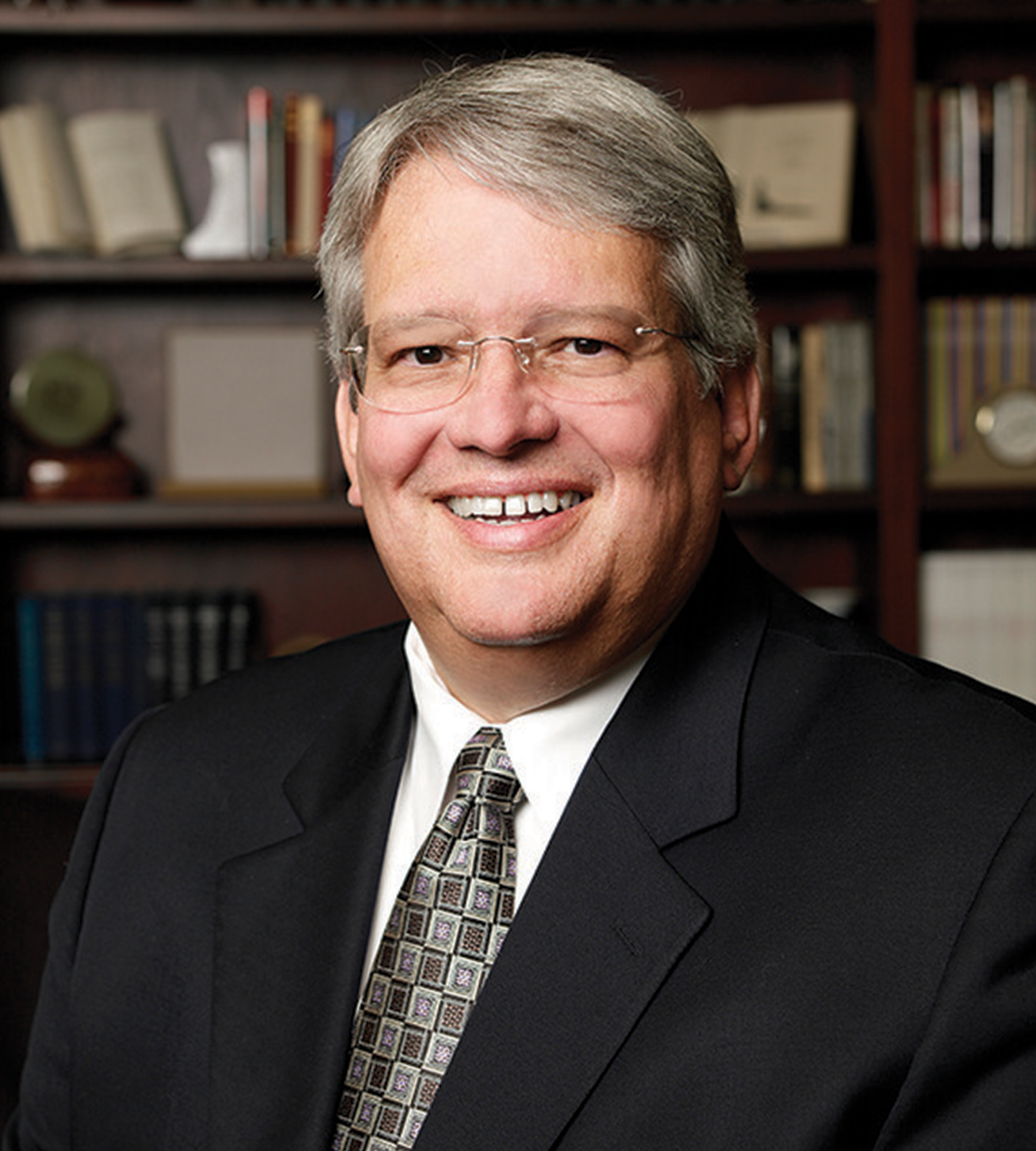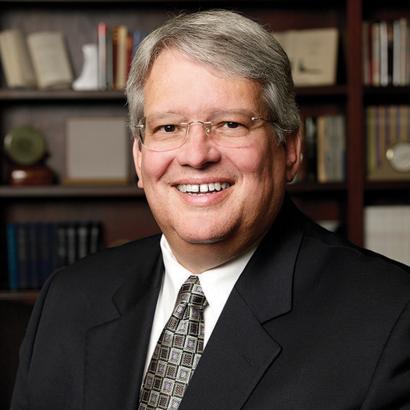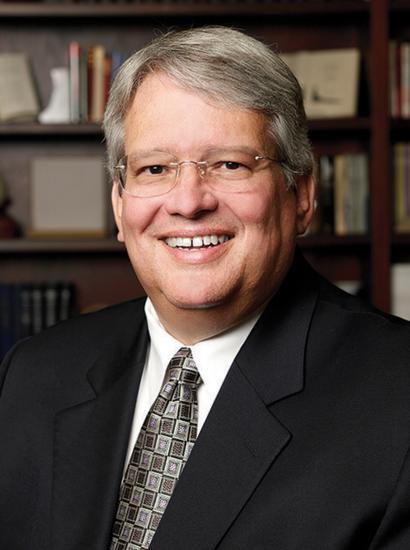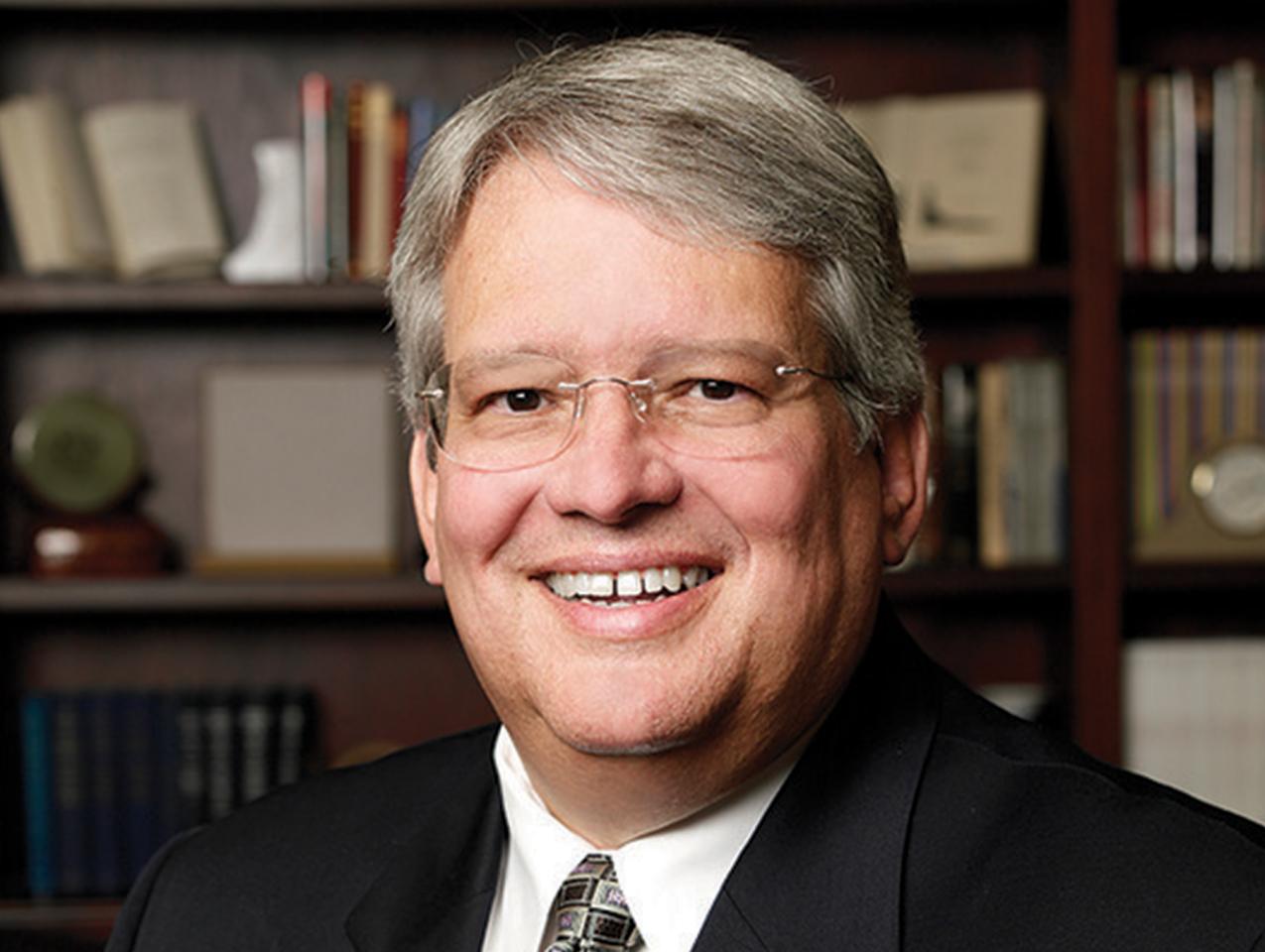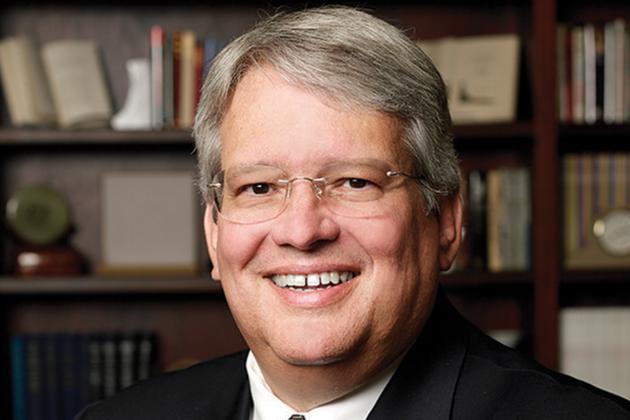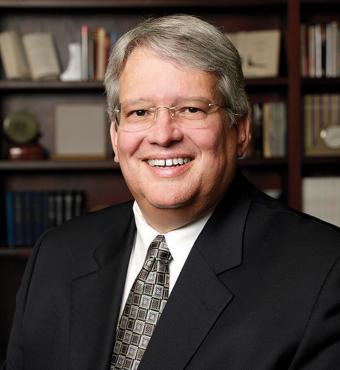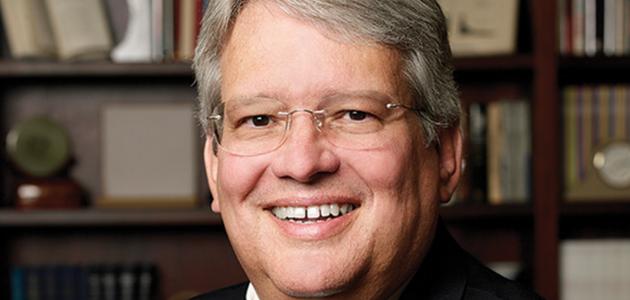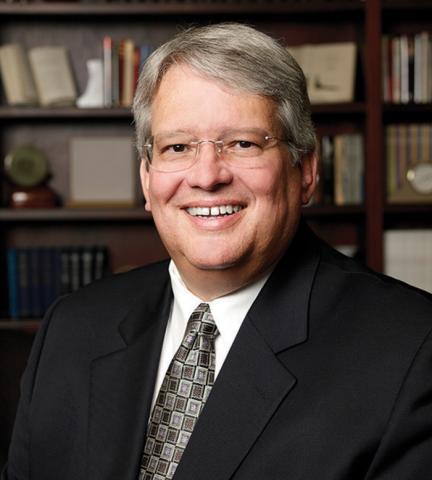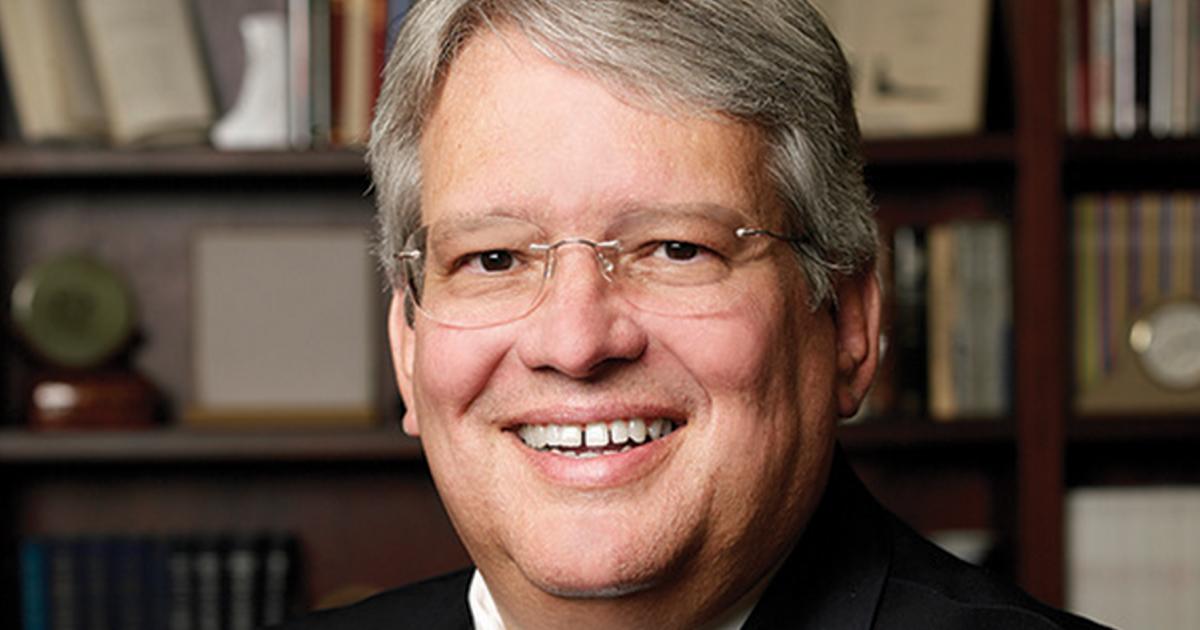Much has been written about John Raisian and the enormous impact he had on both the operation of the Hoover Institution and conservative thought outside its walls. Tunku Varadarajan, who for many years edited my Hoover column, The Libertarian, titled his tribute to Raisian in the Wall Street Journal, “John Raisian, a Guardian of Freedom.” In that article, he captured well the two dimensions to John’s role at Hoover. To the world at large he was the man who “built the Hoover Institution into a renowned bastion.” But he did so by quiet means: “In a country where demonstrativeness is prized, Raisian was an anomaly, toiling behind the scenes to create an ecosystem in which conservative and libertarian ideas could thrive.”
So true. Even when John was on the stage at Hoover, as he often was, running large gatherings at Stanford and elsewhere for the Hoover faithful, he was the academic embodiment of Ed Sullivan, whose distinctive TV show ran in the same Sunday slot from 1948 to 1971. John shared Sullivan’s longevity by following the same fundamental principles. He was always on stage but took care not to overstay his welcome. He always aimed to put his speakers in their best light with some brief but gracious words of introduction, only then to recede into the background. He was that way at all the academic events at Hoover. John would take his position in the room with the other fellows and guests as one of the fellows, so that when he participated in the show, he was not the director of the Hoover Institution—instead, he was just another engaged fellow.
But there was a second side to John in his role as director. Hoover is a very distinctive institution that does not have normal faculty governance. Instead, it gives its director enormous power and responsibility over the recruitment of new fellows and the retention or dismissal of old ones. The most common theme among Hoover fellows was about his style of doing business, which, like his public role, was both subtle and effective. When he made an offer, you never attempted to negotiate. John never gave “take it or leave it” offers. He created “take it” offers.
I learned this lesson very quickly when I happened to be in Palo Alto with my wife in early 1999 and he invited us to have breakfast with him at the Garden Court Hotel. The meeting was something of a mystery to me until John went into recruitment mode. But from the outset, it was ever so clear that he had not come to negotiate. He came to close a deal, as he had with so many other fellows. So, he said something about the mission of the Hoover Institution and how he thought that, as a lawyer with my eclectic interests, I would fit in well with the many social scientists and political thinkers at Hoover. The offer at that time was chiefly to spend some time at Hoover as a visiting fellow once my youngest son had graduated from high school in Chicago, which was still more than two years away. So, I thought that it would take some time for his offer to go into effect. But John explained that he wanted the relationship to begin right then and there. He offered a set of collateral inducements in the interim and then concluded, as I suspect was his habit, by saying that he would like to “ramp it up”—his exact word—with a financial stipend for being a Hoover fellow. At this point, my wife and I looked at each other, smiled, and that was that—the deal was done. Sure enough, at the start of Stanford’s winter quarter of 2003, we came out to Hoover for the first time, with the bonus (as if he had planned this) that my daughter and her future husband were in the middle of their first year at Stanford Business School.
It took me a little while to understand the solid economic logic behind John’s position. As game theory teaches us, contracts are made only when they are expected to work to the benefit of both parties. John’s making offers far above the prospective fellow’s reservation price worked as much for the benefit of Hoover—which prospered mightily for the twenty-five years, between 1990 and 2015, that John was in charge—as it did for the recruited fellow. What John bought with his generous offers was loyalty. Since he had put his best foot forward first, we his recruits knew it was now incumbent upon us to reciprocate by working as hard as we could to repay him for the confidence he had in us.
Behind his generous offer was a concealed toughness, which warned that term appointments at Hoover would not continue if we did not work at the level he expected of us. Carrots always came first with John; but sticks always lurked in the background.
John’s management of Hoover did not stop at recruitment. In most institutions, intellectual initiative often starts at the bottom and gains the support from the top, in a decentralized fashion. Instead, as director, John also ran a top-down program that could have suffered the defects of all centralized programs, that is, too little buy-in from the fellows asked to participate. But John was so resourceful that he managed to avoid that risk. When he asked someone to do something, he had the uncanny knack of knowing how to match a person with a task. John often asked me to speak at Hoover gatherings, but it was always on a topic that I wanted to address. John wanted Hoover and its fellows to address key issues. To meet this aim, he also forged effective bonds between trustees and donors on one side and the fellows on the other, so that they worked toward a common end.
John was also firmly committed to the idea that Hoover was not just an academic program that did scholarly work directed to the profession. Hoover had a second mission: to translate that work in such a way that it could be accessible to members of the public at large, including those with political influence, to address not just the small issues but the large “defining ideas” of a free society. In so doing, John managed to combine three elements into one sustainable package:
First came the rigorous scholarship.
Second came the shorter spin-off pieces that helped explain how these ideas could and should be implemented.
And third was an implicit intellectual unity to the many activities at Hoover.
The great objective was the protection of individual freedoms, which at home require strong but limited government to protect the sphere of maximum productivity through a robust system of property rights. But there was more. The Hoover Institution on War, Revolution, and Peace was founded in 1919 in the aftermath of the unprecedented destruction in World War I. To John, this meant that a sound foreign policy on the diplomatic, military, and economic fronts was always a key part of the overarching plan for a free society. Yet in making this commitment, John never insisted that all fellows take the same views on the burning issues of the day. Quite the opposite; he believed that spirited debate and principled disagreement were the best ways to achieve the institution’s overriding objectives.
He acted on that intuition after bringing me aboard. Thus, in the fall of 2008, he approached me about writing a weekly column in Defining Ideas that became The Libertarian, without any preconditions or limitations on the choice of topic or point of views. He then added to that a weekly podcast with the same name, originally hosted by Troy Senik and in the past several years hosted by policy fellow Tom Church. He also inspired me to team up with Professor John Yoo and Troy Senik to produce Law Talk, a wide-ranging, if somewhat irreverent, discussion about the burning and not so burning issues of the day. I’m forever grateful that John had enough confidence in my abilities to write and speak on a regular basis, all to help make good his vision for Hoover.
John’s good deeds and vision will live on long after him. In speaking of John, the current director of Hoover, Condoleezza Rice, put the point in just the right way:
His legacy is one that will live on every day as we seek to put ideas into action that will help define and sustain a free society. He was a pillar of the Hoover community, a cherished colleague, and friend to so many.
May his memory be a blessing to us all.







